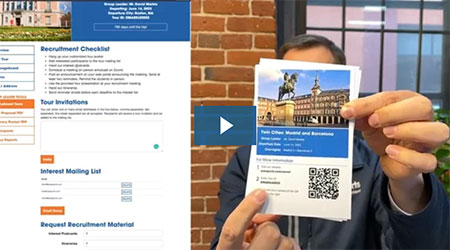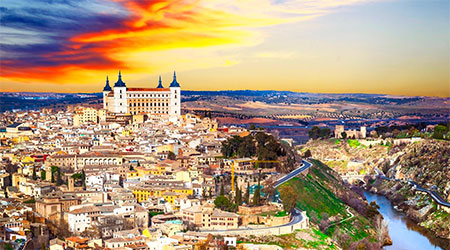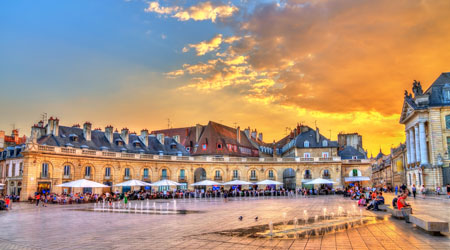April 13, 2017
Show Your Students the Venice of the North
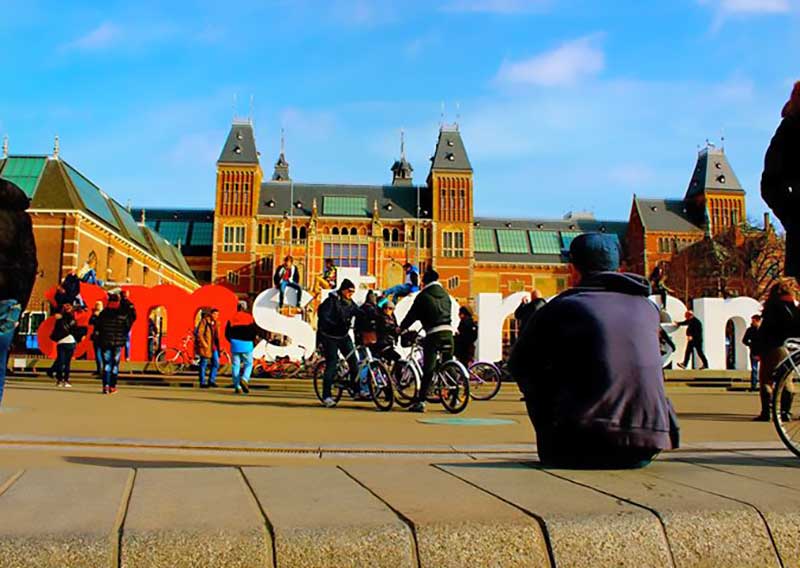
The Nominal Capital
As early as the 12th century, the damming of rivers, the digging of dikes to channel water away and the building of windmills to pump the water into the dikes drained areas of land. This damming and draining process was repeated throughout the country. Amsterdam, a little fishing village built originally on terps, or small man-made mounds, protruding from the Amstel River began to grow. The growth of the village's population and the annual flooding of the Amstel necessitated the construction of a dam on the Amstel. Hence the town came to be known as Amstelledamme (Dam on the Amstel), later Amsterdam.
The river encouraged trade from the sea, prosperity grew, famous banks were established, and by the 16th century, it had become the greatest city in Holland. Currently, the city has almost a million people. Amsterdam is the Netherlands' intellectual, cultural and nominal capital, although the Hague is its true political capital.
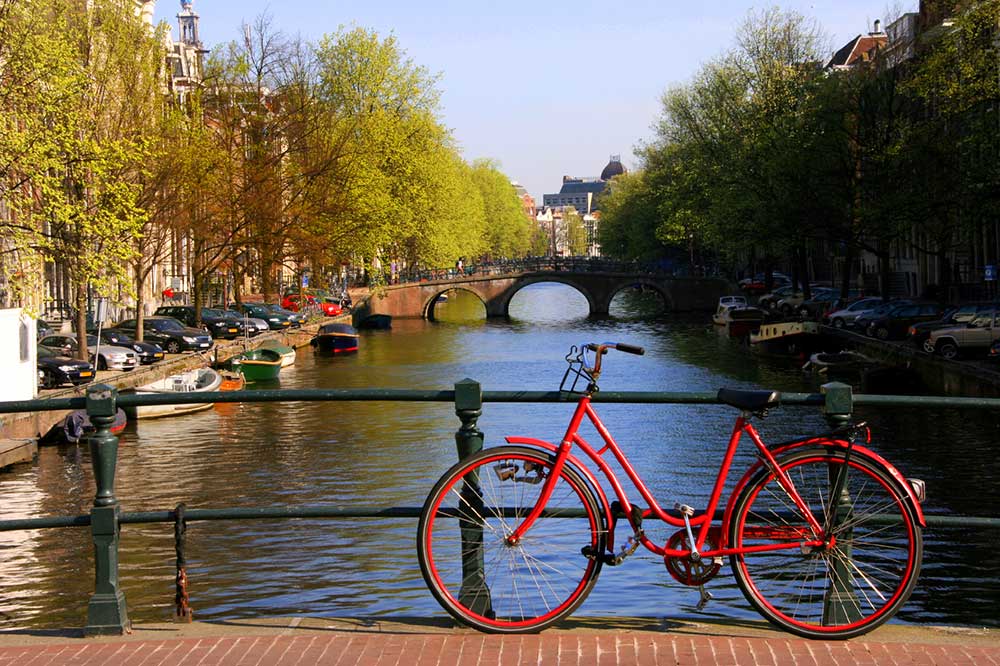
The Venice of the North
Amsterdam is sometimes known as "Venice of the North" for its many canals, which are arranged in a fan shape. There are more than 50 of these grachten (Dutch for canals), dividing the city into 100 islands linked by 1,000 picturesque bridges. The famous old houses of Amsterdam face these canals, so a canal boat ride is one of the best ways to view the city. Since land has always been scarce in canal-ribbed Amsterdam, houses have had to economize on space. Canal houses were often long and narrow because taxes were based on the width of the building's facade. No broad staircases in these homes, only steep, narrow ones. On moving days, furniture, appliances and household goods are hoisted to upper floors by pulleys. Notice the beams for these pulleys in the apex of the gables of the older houses.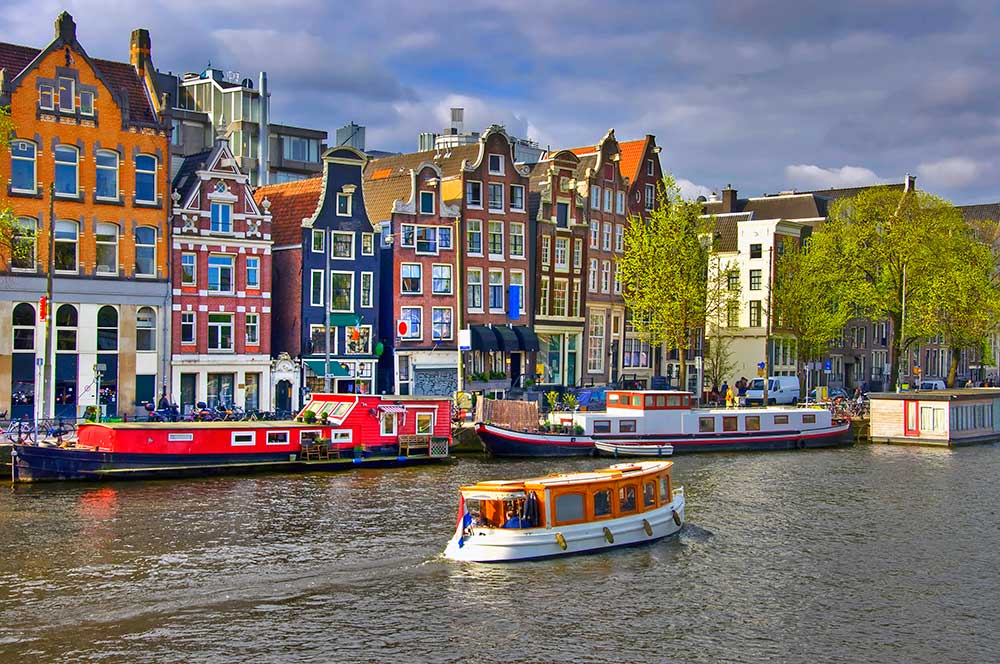
The seventeenth century architectural feature that defines not just Amsterdam but all of the Netherlands is the decorated gables of houses. Look up as you walk along the canals and see the various gable styles, from simple step to bell shapes, neck shapes and gables with pilaster fronts topped by a pediment. They differ according to wealth, fashion, construction date and the whim of owners and builders. Together the gables provide a very beautiful architectural rhythm to the sky line. At the street level, architecture in Amsterdam is really fairly plain. The best advice is simply to look up.
Flowers & Diamonds
More than any other Dutch goods, the Netherlands is famous for its flowers. Since the introduction of tulips into this country from Turkey 500 years ago, the Netherlands has been the center of the world's flower markets. In the 1630s, the power of the flower became so absurdly inflated that four tulip bulbs could command the same price as a merchant's house in Amsterdam. "Tulipomania" was only stopped by government intervention at the end of that decade, but flowers have never ceased to play a major part in the Dutch economy and indeed the Dutch identity.
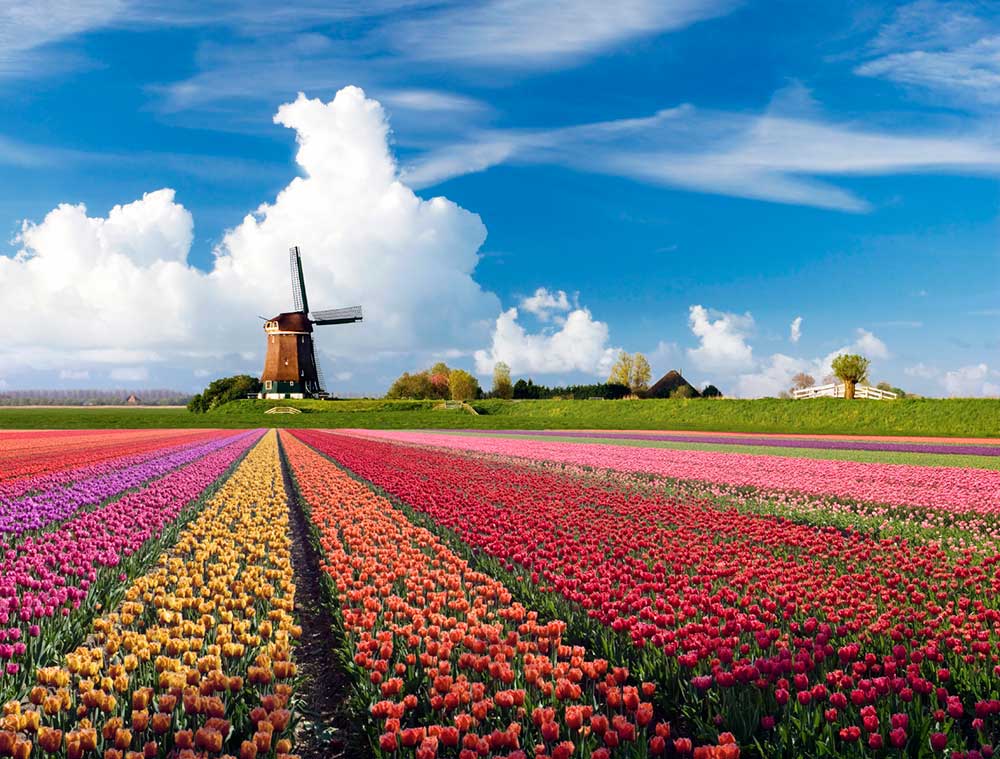
Amsterdam and Antwerp are two of Europe's great diamond cities. In fact, it was Antwerp merchants who brought the diamond industry here with them in the late 16th century. Some of the famous diamonds cut in Amsterdam include the 108-carat Koh-i-Noor diamond that adorns Queen Elizabeth Il's crown and the Cullinan diamond, the world's largest uncut diamond at 3,025 carats, from which the First and Second Stars of Africa came and which are also included in the English Crown Jewels.
passports tour ‘Crossroads of Europe’ LINK Activity: Diamond cutting workshop
A visit is included to a diamond-cutting workshop. Here you'll be able to watch the incredible transformation from a rough stone to a beautiful jewel!
Sightseeing
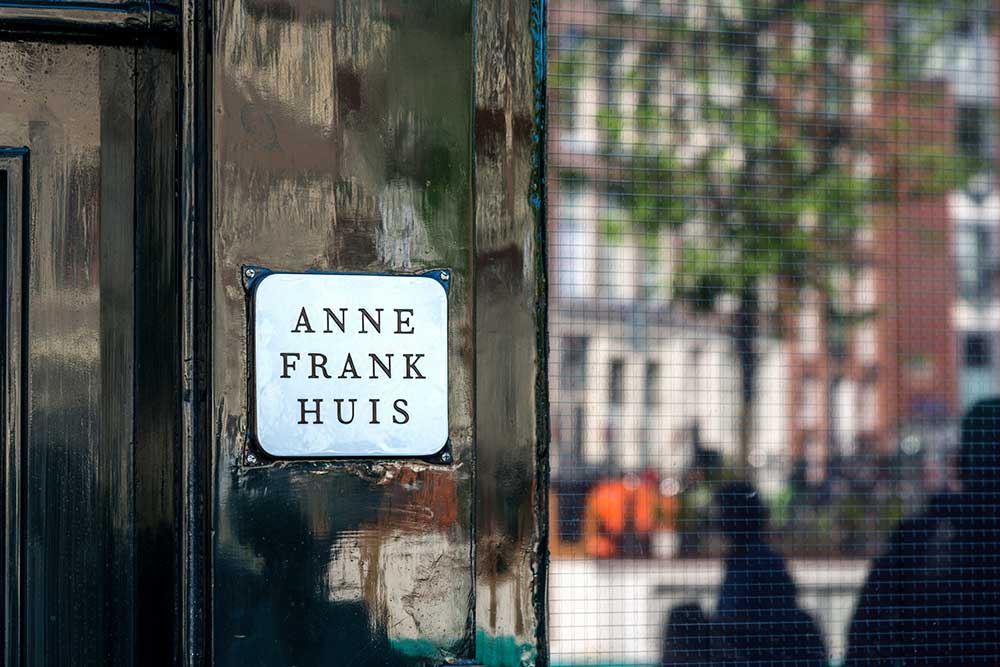
ANNE FRANK'S HOUSE. In the shadow of the steeple of the Westerkerk, on the Prinsengracht is, perhaps, the most famous hiding place in history. At the top of a narrow staircase is a secret passage leading to the achterhuis. This is where the Frank family, German Jews who had left Nazi Germany for Amsterdam in 1933, hid during the Nazi occupation between July 1942 and August 1944. They were then betrayed to the Germans and sent to Bergen-Belsen where the entire family, except for the father, died. Besides the father, the only other witness to their trying, self-imposed isolation was an astonishingly moving diary kept by his 13-year-old daughter Anne. Today, that joumal is famous throughout the world for chronicling a teenager's life and emotions during these harrowing years. There is little actually to see apart from one or two of the original furnishings. The message of this place is far more striking than the place itself. The collection of anti-Semitic newspaper cuttings and letters from all over the world, some of them very recent, is hard-hitting.
RIJKSMUSEUM. One of the great museums of the world, the Rijksmuseum houses an unrivaled collection of Dutch Masters including Frans Hals, Vermeer, Steen, ter Barch and Rembrandt. Rembrandt was prolific, leaving over 600 works which can be seen in museums all over the world. His most famous, a huge guild portrait, The Night Watch, is here in the Rijksmuseum. The themes in the Rembrandt collection vary from portraiture, including a famous series of self-portraits, to biblical scenes. His works are instantly recognizable for their subtle movement between light and shade, emotional warmth, sometimes even a sort of mystical spirituality. Since his style and techniques were so individualistic, he had very little influence on subsequent painters.
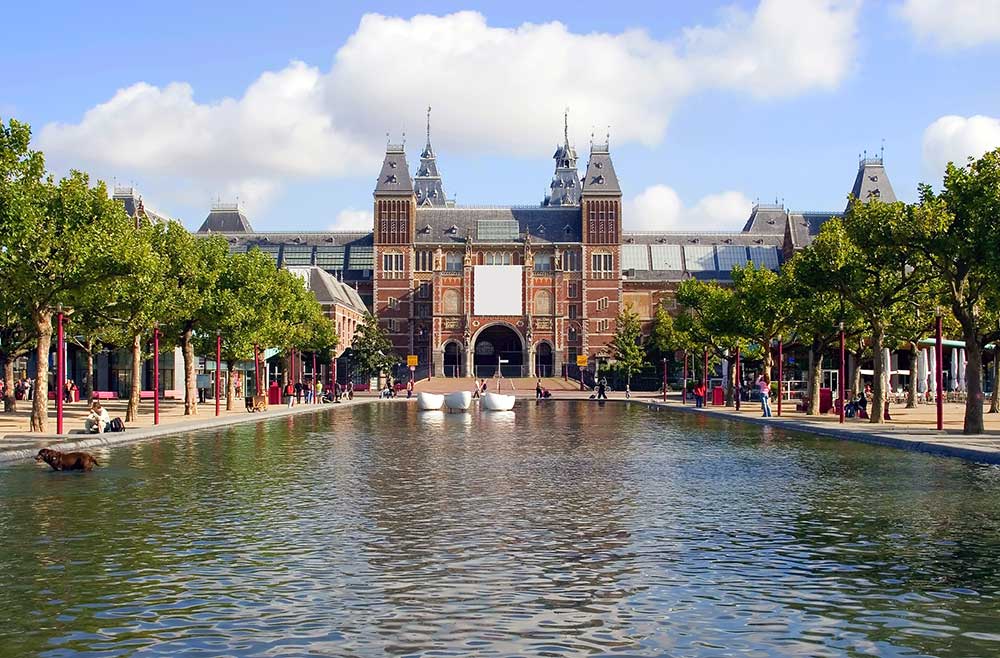
VAN GOGH MUSEUM. Located nearby in the Museum Quarter is the Van Gogh Museum which opened in 1973. This museum is home to a collection of two hundred of van Gogh's paintings, five hundred of his drawings and about 850 letters written by van Gogh. The Bedroom at Aries, Crows in the Wheatfield, the Potato-Eaters, Vase with Sunflowers and his Pietri are some of his most well-known masterworks that are on display here.
Dedication to Education
An extraordinary 17% of the Dutch budget is spent on education. This is the only country in the world with 0% illiteracy. Almost everybody speaks English and German, and probably French and Spanish and Italian as well. Visit Amsterdam with your students!
Category: For Teachers
